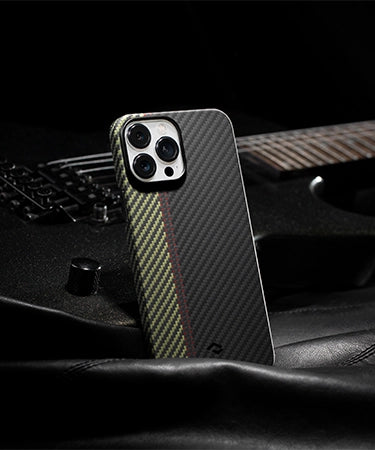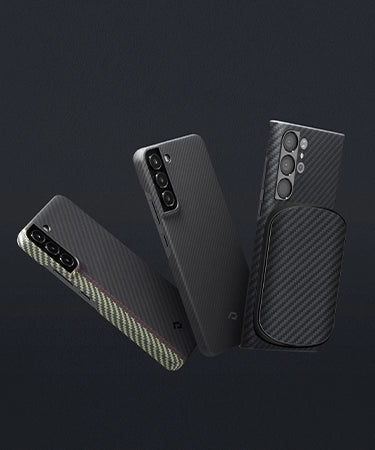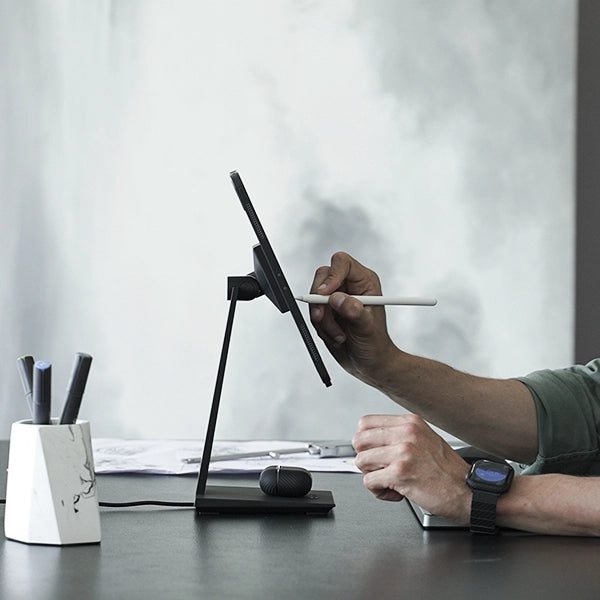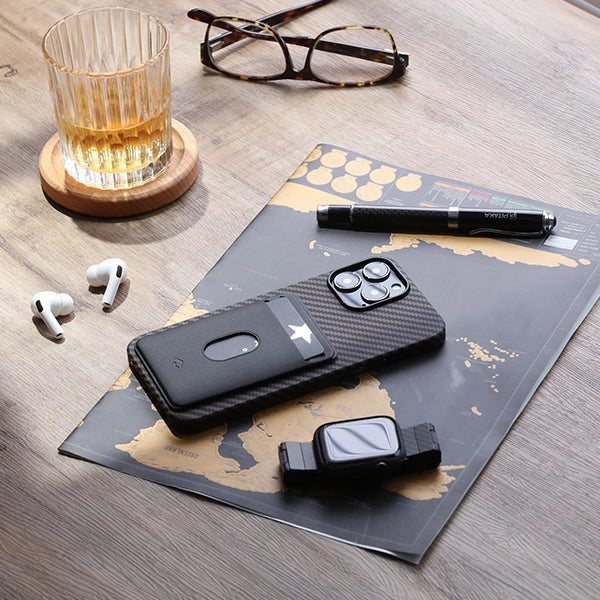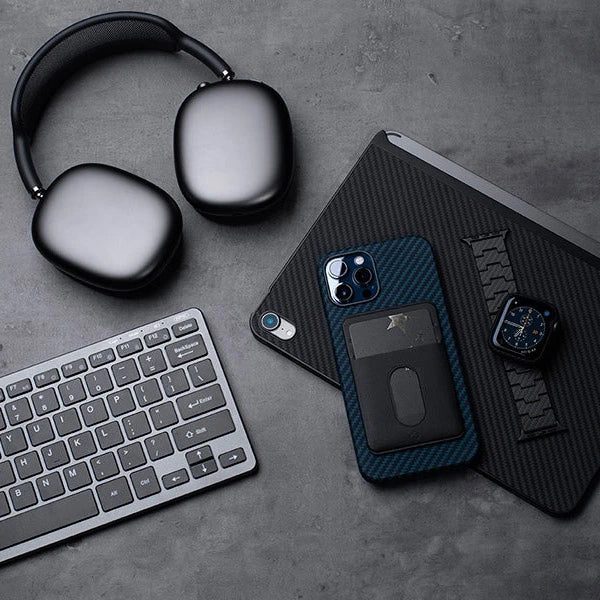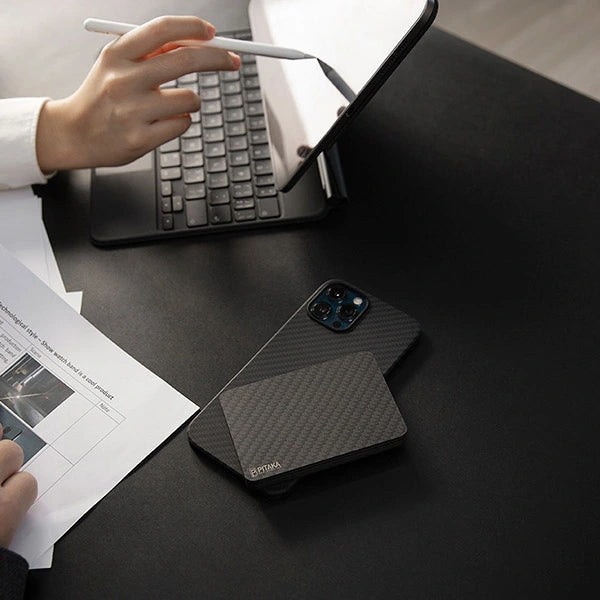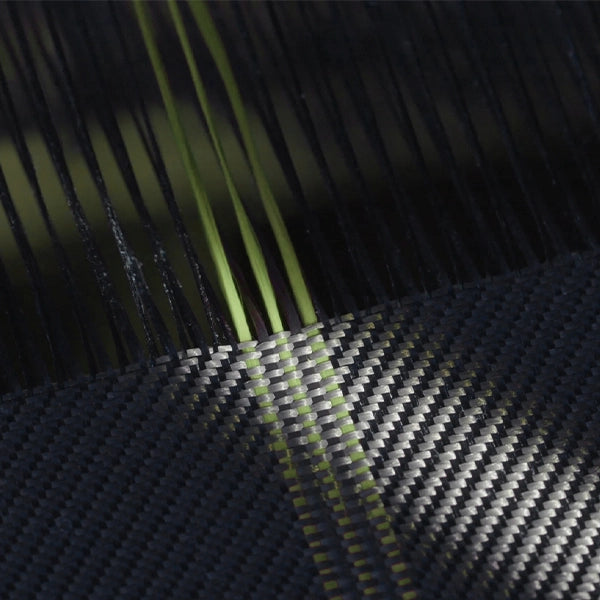
With the amount of time we spend using our phones, the battery runs down, leaving us helpless. Since plugging in the phone to charge isn't always feasible, we need a portable option to take with us when traveling or just dealing with our usual busy schedules.
The answer for many is a power bank.
Let's learn all about power banks today and see if you need one.
1. How Does A Power Bank Work?
A power bank's built-in battery charges through an external power supply, such as a wall socket, then stores the energy in chemical form. When needed, the battery sends electrical energy to the connected device via the output port.

The process consists of three parts: energy absorbing, storing and releasing. It works similarly to a cell phone battery, although a power bank can be more complex and have more functions depending on its design.
2. What Is the Point of A Power Bank?
Power banks are rechargeable batteries like cell phone batteries. Back in those days, when our cell phone dies, we remove the back cover to replace a battery that's full of juice. A power bank equals a battery pack. It charges your device on the go, especially when wall outlets are not available.
Power banks can charge cell phones and other devices, such as laptops, speakers, and many others.
3. What are the Different Types of Power Banks?
Power banks vary in sizes, shapes, as well as the ways they charge or release energy.
The power bank size tends to be the most important criterion; the bigger the power bank, the higher the charging capacity (measured in mAh). More capacity means more energy but also more weight.
Small-sized power banks (20,000mAh or below):

If you simply want a power bank to charge cell phones, 20,000mAh or below will do the job. The average battery capacity of recent cell phones is between 4,000 to 5,000mAh.
Large-sized power banks: (20,000mAh or above):

Anker powerhouse 120,000mAh
Although there are supposed 100,000mAh power banks on the market, their legitimacy is arguable. Larger 'power banks' range from between 40,000-60,000mAh and can be used to charge laptops, mini-fridges, and similar appliances and typically marketed towards campers. As you can imagine, those 'power banks' are usually the size of a car battery or bigger, clearly running counter to the purpose of a 'portable' power bank.
After size, the next important consideration is how a power bank charges and releases energy.
Standard USB power banks:

The most common power bank works just like a USB charger. They charge using a USB charger or a built-in plug, and then they become the USB charger to recharge a device via a USB cable.
Wireless power banks:

Wireless power banks need to be charged through a USB cable, but they charge cell phones wirelessly, making the process more convenient. Unlike USB power banks that are restricted by cable type, wireless power banks can be used universally by all cellphones.
4. How Many Times Can A Power Bank Charge My Phone?
This depends on the capacity of the power bank and your mobile.
For example, the iPhone 11 battery has a 3,110mAh capacity. If the battery is flat and you charge it with a full 7,000mAh power bank, the power bank can charge the iPhone three times with 780mAh (7,000 – 3110*2=780mAh) remaining.

Well, this is only partially true. The general rule is that your power bank's real capacity is around 2/3 of the theoretical capacity. A 10,00mAh power bank may only be around 6600mAh.
5. Are Power Banks Allowed on Planes?

Power banks are only allowed in carry-on luggage and should not exceed 100 watt-hours (Wh) per battery, around 26,315mAh. You will need to seek approval from the airline if your power bank exceeds 100Wh, inevitably prolonging the check-in process.
6. How to Extend your Power Bank's Life?
In a similar way to cell phone batteries, power banks have an average of 300-500 charge-discharge cycles. When a power bank uses up all its cycles, it needs to be thrown away, so ensuring you purchase a reliable, high capacity power bank will elongate its charging life.
Your power bank's life is also affected by how you use it. To make your power bank last a little longer, follow the following tips:
Charge your power bank when you're not using it:
Rechargeable batteries age whether you use them or not, but they do age slower with some charge in them. If you plan on storing it away, charge it first. And don't leave it unused for a long time as batteries slowly discharge and will degrade and loose capacity by and by.
Don't expose it to extreme temperatures:
Batteries work best at temperatures between 5 and 25 degrees. In extreme scenarios, the battery inside a power bank will lose its energy faster and may even pose safety risks.
Don't drop your power bank:
Just like your cell phone, your power bank also contains a circuit board, battery, and other components, so handle it with care.

7. What Are the Advantages of Power Banks?
Different types of power banks have different advantages. But all in all, they share the following merits.
Less anxiety
Low battery anxiety is real. But, with a power bank with you wherever you go, rest assured that you won't have to stress over your battery ever again.
Affordable
Getting a power bank is indeed an inexpensive way to charge your phone or other devices quickly. In fact, many own more than one power bank because they often find the one they take with them is empty when they are out and because quality power banks are very affordable.
Customizable
Power banks come in a variety of sizes, colors, and designs. You can buy one according to your needs and preference. Or even personalize it.
8. What Are the Disadvantages of Power Banks?
Like phone batteries, power banks last longer when they are active. In other words, you have to charge them frequently to expand their lifespan. But the problem is, you don't use a power bank as often as your mobile. So you have to remind yourself to charge it from time to time. And that's difficult, to be honest. You may not remember where you put it the last time when you finished using it.
Most of the time, you only reach for your power bank when you're about to leave for vacation. At that time, the power bank has gone flat as it self-discharges over time. Chances are you only realize that when you are away from home, with no access to wall outlets.
Is there a power bank that you won't forget to charge?
There is.

PITAKA made a magnetic wireless power bank equipped with a charging base. With the base at the table, you'll be reminded where to put the power bank each time when you finish using it. And as the base holds the power bank, it charges up the battery as well. When you need to charge on the go, just slide the power bank out from the base, snap it to the back of your mobile, and you are good to go.
The product will be launched soon on Kickstarter. Sign up now to grab the super early bird discount.
More on power banks:
- High Capacity Power Banks: A Lie in the Tech Industry
- Follow Our Tech Guru Tips To Select A Power Bank
- Are Mobile Power Banks Effective Enough to Use in Real Life? We Did A Survey
